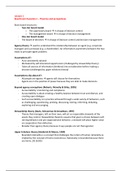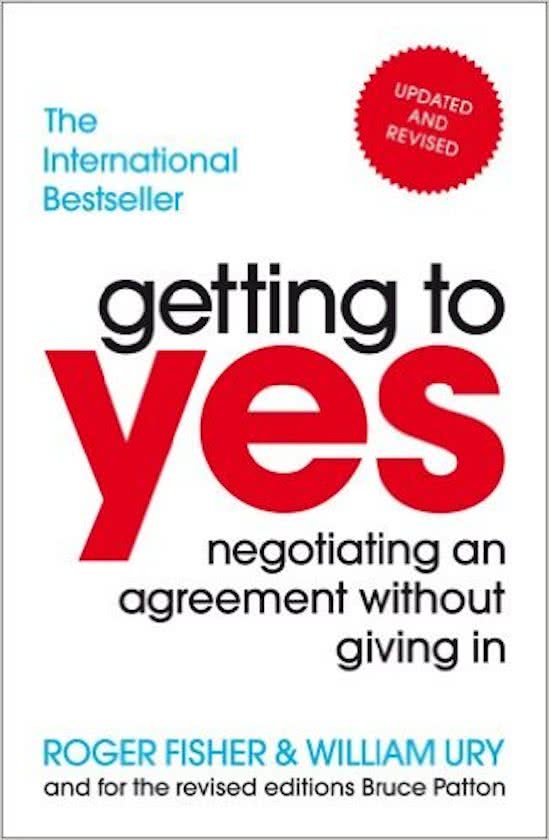Lecture 1
Boardroom Dynamics I – Theories and perspectives
Basic board structures:
- Two-tier board model
o The supervisory board à In charge of decision control
o The management board à In charge of decision management
- One-tier board model
- The board of directors à In charge of decision control and decision management
Agency theory à used to understand the relationship between an agent (e.g. corporate
manager) and a principal (e.g. a shareholder). An information-asymmetry between the two
leads to principle-agent problem.
Assumptions AT:
- Acts consistently rational
- Motivated by self-interested opportunism (challenged by stewardship theory)
- Takes all sources of information (limitless) into consideration before making a
decision (challenged by upper echelons theory)
Assumptions clip about AT:
- All people are egoists à agents will choose for themselves
- Agents are in the position of power because they are able to make decisions
Beyond agency conceptions (Roberts, Mcnulty & Stiles, 2005)
- Accountability >monitoring and compliance
- Accountability is about creating a healthy balance between trust and distrust, and
creating open dialogue
- Such accountability is in practice achieved through a wide variety of behaviors, such
as challenging, questioning, probing, discussing, testing, informing, debating,
exploring and encouraging.
Stewardship theory (Davis, Schoorman & Donaldson, 1997)
- Theory that managers, left on their own, will act as responsible stewards of the
assets they control. Stewardship theorists assume that given a choice between self-
serving behavior and pro-organizational behavior, a steward will place higher value
on cooperation than defection.
- Broader than agency theory because it says people are not that egoistsic
Upper Echelons theory (Hambrick & Mason, 1984)
- Bounded rationality is a concept that challenges the notion of human rationality as
implied by the concept of homo economicus. Rationality is bounded because there
are limits..ZIE SLIDES
,Main critique
- Glorifies corporate elites à not talking about other employees
- Input-output studies à too little qualitative research
- Reverse causality
Resource Dependence theory (Pfeffer & Salancik, 1978)
Four benefits directors can bring to firms:
- Advice and counsel
- Channels on information flow
- Preferential access to resources
- And legitimacy
Tutorial 1 keywords
Self-efficacy
5 traits:
Openness to experience
Conscientiousness (self-discipline/carefulness) à task oriented leadership
Extraversion à charismatic leadership
Agreeableness (tendency to be pleasant) à supportive leadership
Neurotocism (like to feel things like anxiety, anger, guilt)
6e van Hexaco à honesty-humility à ethical leadership
Lecture 2
Boardroom Dynamics II – Inside the Black Box of Actual Board Behavior
Lamp syndrome
Hammer syndrome
Publish-or-perish syndrome
Usual suspects:
- Insider/outsider ratio
- Board size
- Director’s shareholder
- CEO duality à occurs when the same person holds both the CEO and board
chairperson position in a corporation
- CEO incentives
, A sorting taxonomy for board studies (Gabrielson & Huse, 2004)
Boards at work (e.g. Stiles & Taylor, 2001)
Members of passive boards
- Do not collect independent information on the firm
- Attend meetings without raising critical issues
- Rubber stamp management decisions
- Satisfy requirements of company law
Members of active boards
- Scrutinize information provided
- Collect independent information
- Push CEO to explain critical issues
- Participate in the decision-making process
Firm Life cycle phases (Huse & Zattoni, 2008)
Most important functions board members have in different phases
Start-up phase
- Legitimating
Growth phase
- Advising
Crisis phase
- Monitoring/controlling
Informal structure is also important






